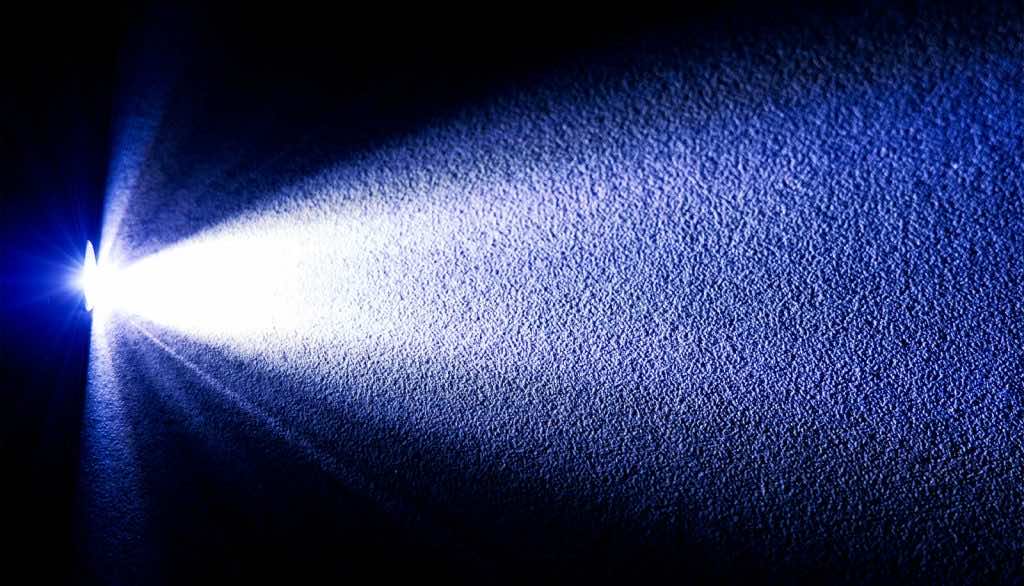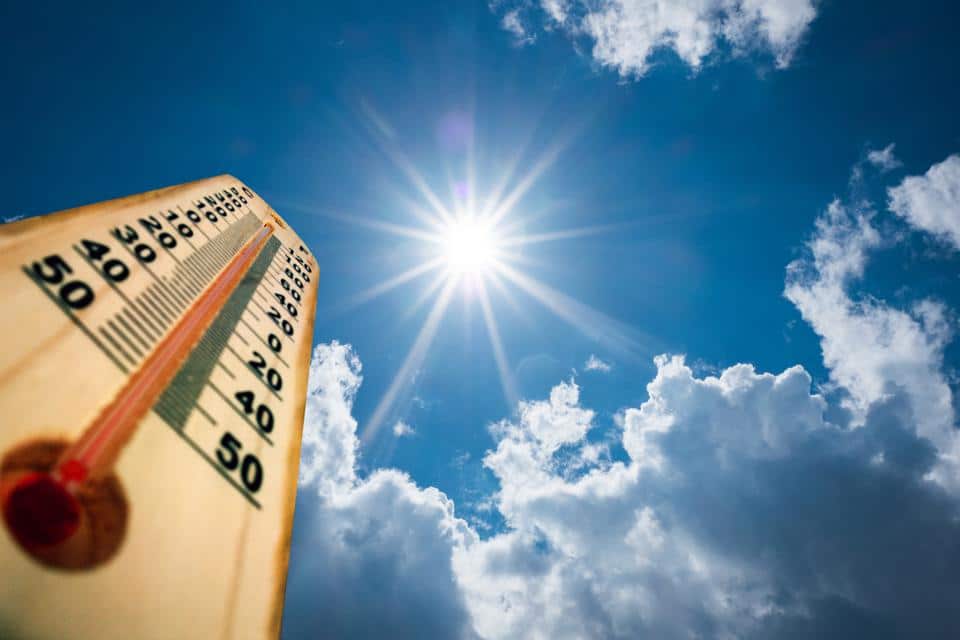Scientists and researchers are tirelessly working to find ways of killing the virus. Many research and experiments have been conducted in this regard, and many are undergoing their initial stages for now.
Among findings on how to kill the virus, sunlight was found to neutralize the virus’s RNA component. However, only the UV-B rays were found to be effective like that earlier.
Now combined university research from UC Santa Barbara, Oregan State University of Manchester, and ETH Zurich have found the sunlight eight times more effective in neutralizing SARS-Cov-2 than found in the previous research.
As per the new experiment, solar radiation and its rays i-e UV-A and UV-B, effectively eliminate the virus, which sounds more like a promising fit to filter the air around us. Earlier, in theory, the mild UV-A rays were not accounted for the cause, but the latest combined university research states a bit in contrast that UV-A rays are more effective and could lead us towards a new approach to stop the spread of the wide-spread virus.

The research team suggested that the inactivation of RNA of the virus by UV-B isn’t all the story. The UV-A, a less energetic sunlight component, aids more in this regard.
“People think of UV-A as not having much of an effect, but it might be interacting with some of the molecules in the medium,” Luzzatto-Fezig explained. Those molecules, in turn, could be interacting with the virus, speeding up inactivation.
“So, scientists don’t yet know what’s going on,” Luzzatto-Fegiz said; “Our analysis points to the need for additional experiments to separately test the effects of specific light wavelengths and medium composition.”

The sun’s UV-A radiation is the mild one, and if proven effective in neutralizing the RNA component of the virus, it could lead us to find a fruitful way of getting rid of it. Why? Because many LED bulbs and indoor lights produce stronger UV-A radiation than the sun, it could be used to effectively filter the air in indoor spaces, limiting the spread of the virus.


